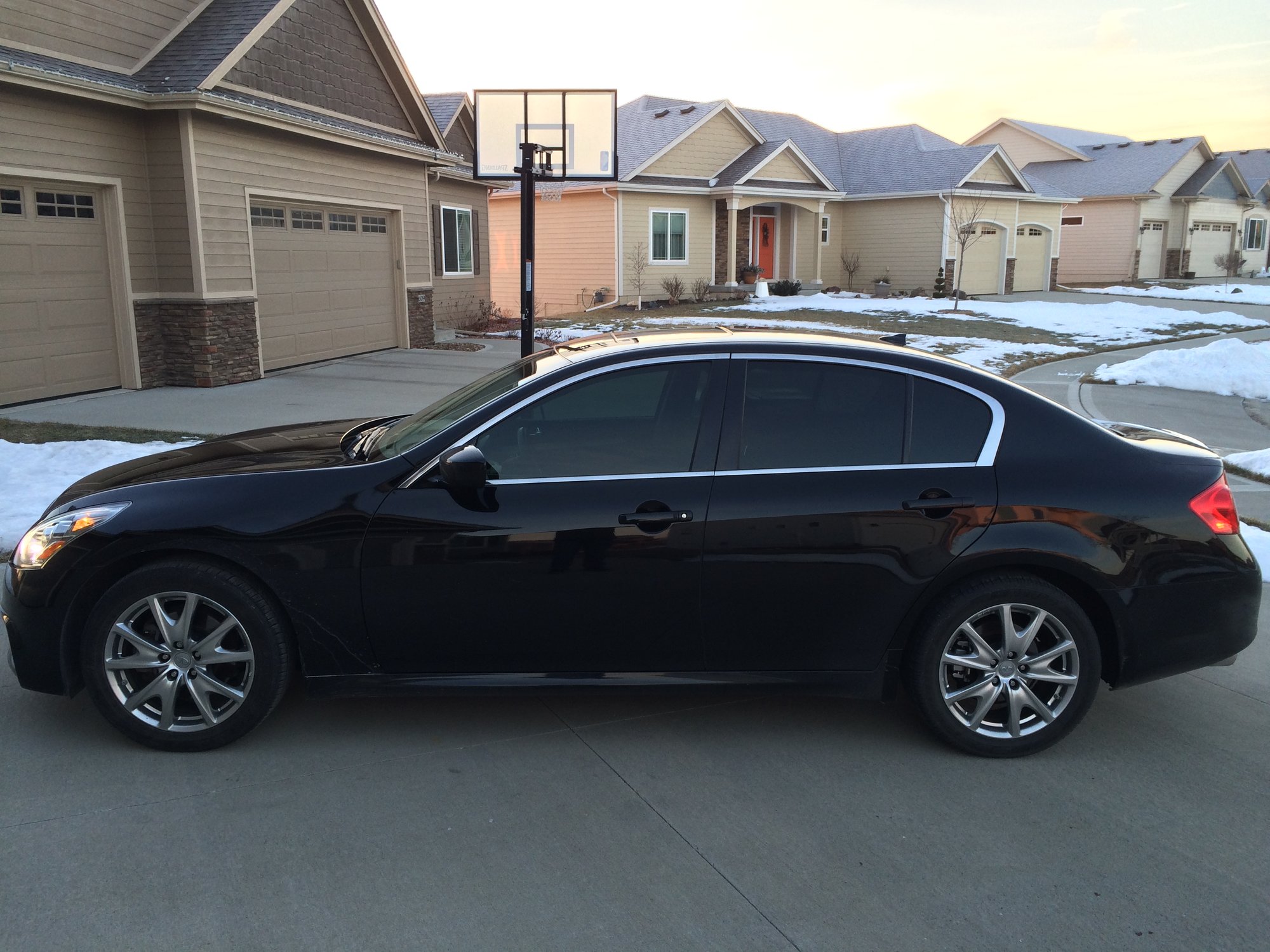
Texas allows medical exemptions for special tint. A sticker to identify legal tinting is required between the film & glass on the driver’s side window. Some miscellaneous regulations include the requirement of dual side mirrors if the vehicle’s rear window is tinted.
Back Side windows: Must not be more than 25% reflective.Īdditional Texas Tint Laws and Exemptions. Front Side windows: Must not be more than 25% reflective. Texas law permits a specific window reflection when tinting sedans, SUV, and van windows. Window tinting film containing metallic elements can reflect incoming light and reduce the glare and heat generated by visible light. Rear Window: Any darkness can be used with side outside mirrors, 25% VLT without. Back Side windows: Any darkness can be used. Front Side windows: Must allow more than 25% of light in. Windshield: 25% VLT tint is allowed above the manufacturer’s AS-1 line or top 5 inches, with less than 25% reflection. Window tint darkness requirements for sedans, SUVs, and vans are as follows: Texas laws contain specific regulations based on whether the motor vehicle is a sedan, SUV, or van. Window tint darkness is regulated based on Visible Light Transmission, otherwise known as VLT – the percentage of visible light allowed in through the combination of film and the window. More specifically, the percentage of light allowed through a car window’s film and glass. Texas regulates the amount of light allowed in a vehicle. A clear or un-tinted UV film is allowed anywhere on the front windshield without a medical exemption being required. Tinting devices, when measured in combination with the original glass, must have a luminous reflectance value of 25% or less. Tinting devices, when measured in combination with the original glass, must have a light transmittance value of 25% or more. Tinting devices may not be red, amber, or blue in color. A vehicle’s “AS-1 line” means a line extending from the letters AS-1, found on most motor vehicle windshields, running parallel to the top of the windshield or shall mean a line 5 inches below and parallel to the top of the windshield, whichever is closer to the top of the windshield. If there is no AS-1 line, the sunscreening or tinting devices must end five inches below the top of the windshield. Tinting devices must be applied above the AS-1 line. Tinting devices may be applied to the windshield of a motor vehicle if certain conditions are met: 
Thus, it is important that all Texas motorists use certified film for trusted protection. The manufacturers of tinting (also known as “sunscreening”) film are required to certify the film they sell in Texas. These include law enforcement vehicles, taxis, buses, limousines, and vehicles used by persons with medical permits. Some vehicles are exempt from the window tint requirements imposed by Texas law.
#30 percent tint windows
These regulations govern how tinting is applied to all of the windows on an automobile, truck, van, or SUV. Texas first enacted car window tinting laws in 2009.





 0 kommentar(er)
0 kommentar(er)
